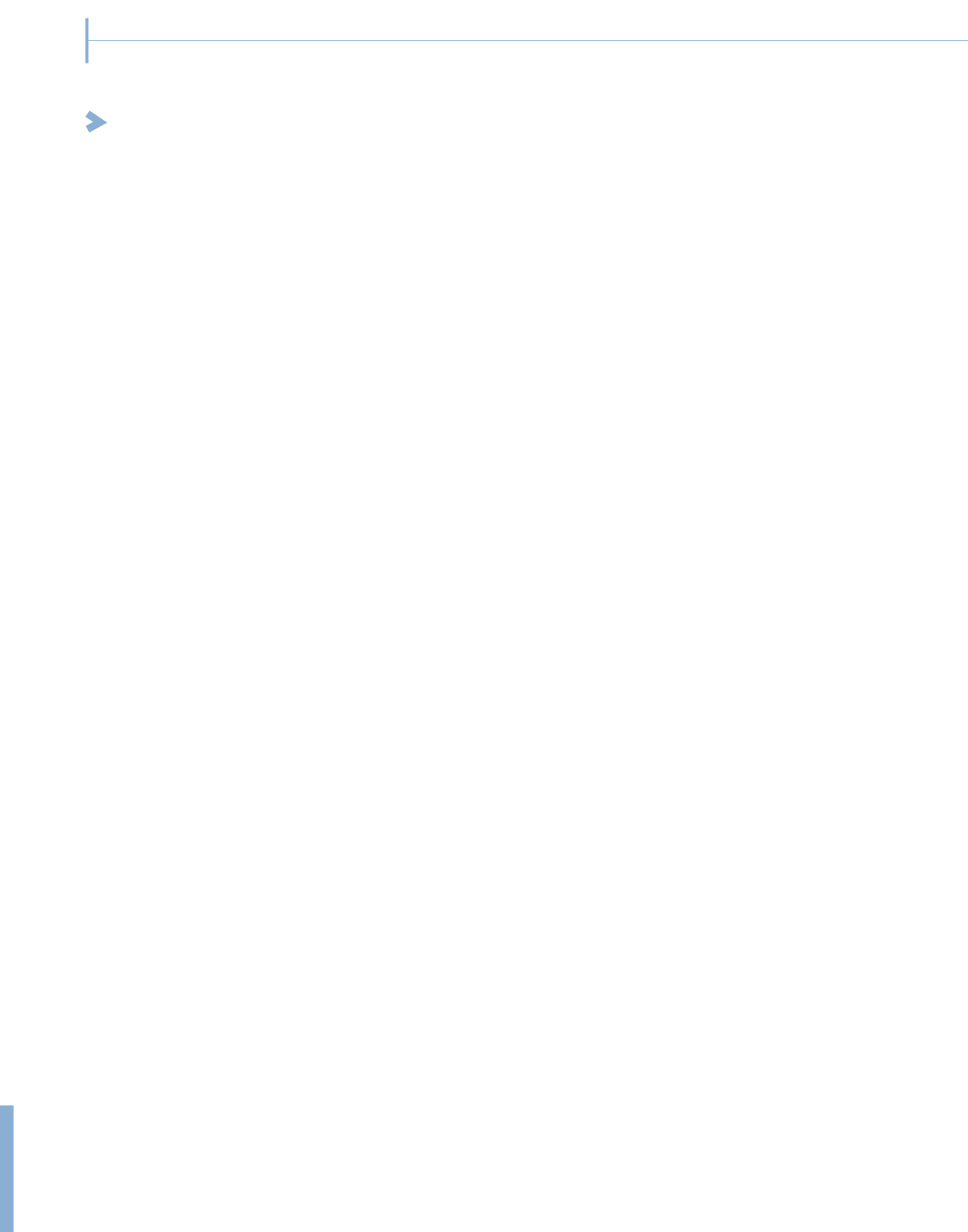
g.
Other Matters
i.
Deliberated on the progress and status of IT
strategy issues; and
ii.
Reviewed and deliberated on the subsidiaries’
performance.
h.
Directors’ Training
For the year under review, the relevant Committee
members have attended various conferences,
seminars and trainings and the details of the training
attended are reported under the Statement on
Corporate Governance in pages 176 to 178.
7. INTERNAL AUDIT FUNCTION
The in-house Internal Audit Services carries out KPJ’s
internal audit function in assisting the Board to oversee
that Management has in place a sound risk management,
internal control and governance systems.
It reviews the effectiveness of the internal control
structures over the Group activities focusing on high risk
areas as determined using a risk-based approach. All high
risk activities in each auditable area are audited annually
in accordance with the approved Audit Plan. This is to
provide reasonable assurance that such system continues
to operate satisfactorily and effectively in the Group.
Internal Audit Services also carries out investigative
audits where there are improper, illegal and dishonest
acts reported.
Internal Audit Services reports functionally to the AC and
administratively to the President. It is independent of the
activities or operations of other operating units. Internal
Audit Service’s authority, scope and responsibilities are
governed by its Audit Charter which is approved by AC
and aligned with the International Professional Practice
Framework on Internal Auditing, as issued by the Institute
of Internal Auditors.
The audit reports which provide the results of the audit
conducted are submitted to the Committee for review and
deliberation. Key control issues, significant risks and
recommendations are highlighted, along with Management’s
responses and action plans for improvement and/or
rectification, where applicable. This enables the AC to
execute its oversight function by reviewing and deliberating
the audit issues, audit recommendations as well as
Management’s responses to these recommendations.
Where appropriate and applicable, the AC directed
Management to take cognisance of the issues raised and
establish necessary steps to strengthen the system of
internal control based on Internal Audit’s recommendations.
As part of the quality assurance and improvement
programmes, Internal Audit Service had underwent
external quality assessment conducted by a qualified
independent assessor in March 2015. The results and
opportunities for improvement identified from the
assessment were tabled at the AC meeting for deliberation
and information. The QAR shall be performed once in
every five (5) years. In addition, peer review mechanism
had been developed prior to QAR as part of internal
assessment to ensure a consistently high quality output
of each audit engagement.
The total costs incurred for maintaining the internal audit
function for the financial year ended 31 December 2015
was approximately RM1.8 million, comprising mainly
salaries and incidental costs such as travelling,
accommodation and training cost as well as consultancy
fees. Various in-house training programmes and external
courses were provided to staff members in the areas of
auditing skills, technical skills, business acumen, strategic
management and personal development to enhance the
desired competency level.
196
audit committee REPORT
and Terms of Reference


